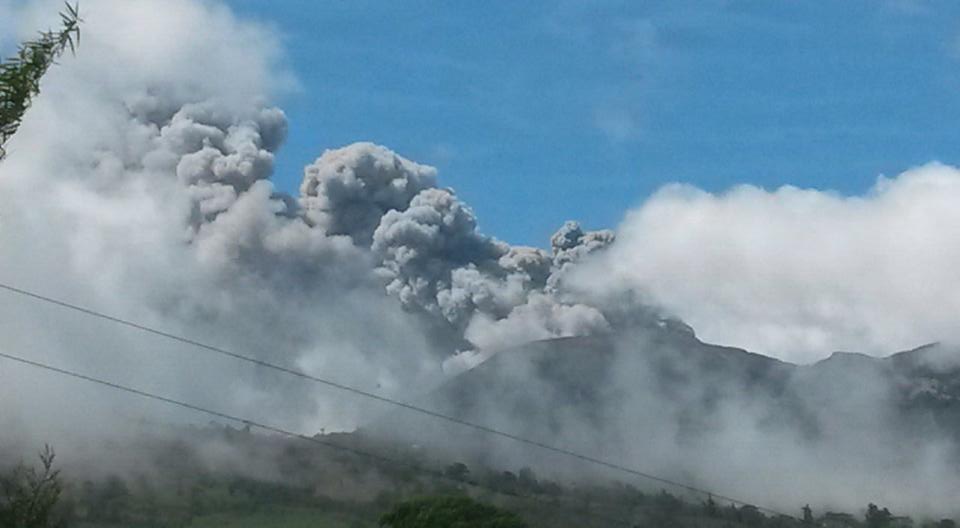OF THE
TIMES
"In April 1815, the biggest known eruption of the historical period blew apart the Tambora volcano, on the Indonesian island of Sumbawa, 12,000km from the UK. What happened next testifies to the enormous reach of the biggest volcanic blasts.
The Tambora volcano had shown no signs of life for 1,000 years; a single eruption in the previous five millennia provided the only indication that magma was still churning far beneath. It is very likely that the residents of the island considered the volcano extinct, and possible even that they did not know the impressive 4,300m (14,107ft) mountain - at the time, probably the highest in the East Indies - was a volcano at all. This all changed, however, with the rumblings and earthquakes of 1812, a full three years before the climactic blast. Over time, the seismic shocks were superseded by steam blasts and small ash explosions, engendering increasing trepidation on the island and signalling that something bigger might be imminent. It was. On 5 April 1815, a titanic explosion hurled a cloud of ash to a height of more than 30km."
...
The consequences for the developed societies of the northern hemisphere were dire. A dry, sulphurous, fog draped itself across the landscape of eastern North America, causing temperatures to plunge and bringing unprecedented summer cold. In New York State, snow fell in June, while the bitter cold and killing frosts wiped out crops and halved the length of the growing season across much of the region. On the other side of the Atlantic, Europe saw summer temperatures down by 2C compared to the average for the decade; the unseasonal cold accompanied by incessant rains and - into the following winter - by unusually powerful storms. Analysis of climate records reveals that 1816, the so-called "year without a summer", was the second coldest in the northern hemisphere of the past six centuries."
Read the rest of the article here.


Comment: See also:
Mexico's Colima volcano - violent eruption captured on film